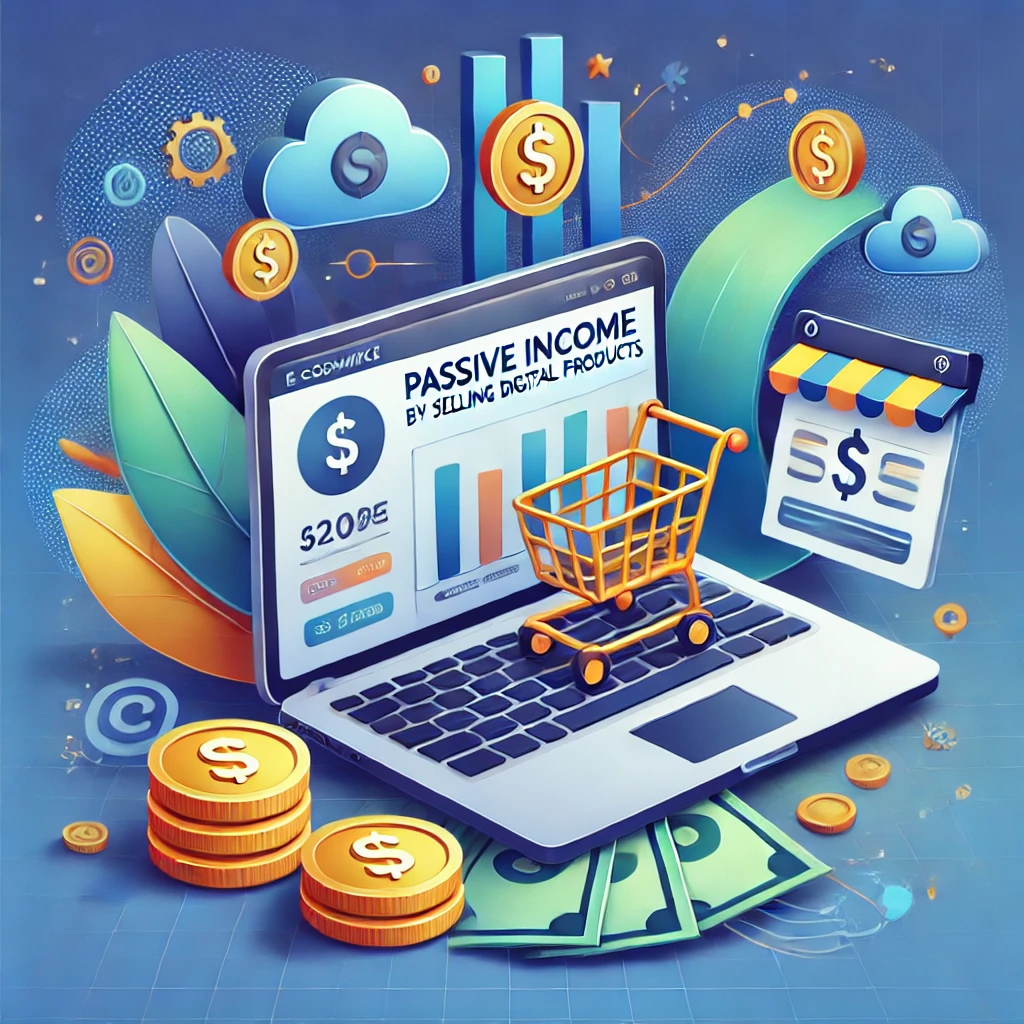In today’s digital age, selling digital products has become one of the most effective ways to generate passive income. Once created, digital products can be sold repeatedly without inventory management or shipping hassles, making them a low-maintenance, high-reward income stream. Whether you’re a creator, entrepreneur, or someone exploring online opportunities, this guide will walk you through how to start earning with digital products.
What Are Digital Products?
Digital products are intangible assets that are delivered electronically. Examples include:
- E-books: Informational guides, how-to manuals, or novels.
- Courses: Online learning materials, tutorials, or training programs.
- Templates: Resume templates, graphic design layouts, or business plans.
- Printables: Calendars, planners, or coloring sheets.
- Audio & Music: Podcasts, sound effects, or royalty-free music.
- Software: Mobile apps, plugins, or SaaS tools.
Why Sell Digital Products?
- Scalability: Create once, sell infinite times without additional production costs.
- Minimal Overheads: No inventory, shipping, or storage costs.
- Flexibility: Work from anywhere and set your own schedule.
- High-Profit Margins: Digital products typically have low production costs compared to their selling price.
How to Start Selling Digital Products
1. Identify Your Niche and Audience
- Focus on a specific niche that aligns with your expertise or interests.
- Research your target audience to understand their pain points and needs.
2. Choose the Right Digital Product
Decide on a product type that matches your skills and meets demand:
- Are you a writer? Create an e-book or course.
- A designer? Sell templates or graphic bundles.
- A tech-savvy individual? Develop software or mobile apps.
3. Create High-Quality Content
Invest time in creating a product that offers value:
- Use tools like Canva for design, Google Docs for e-books, or Teachable for courses.
- Hire professionals on platforms like Fiverr if you need help with design or editing.
4. Select a Platform to Sell Your Product
Choose an e-commerce platform to host and sell your digital product:
- Gumroad: Ideal for creators selling templates, e-books, and courses.
- Etsy: Great for printables and creative assets.
- Teachable or Thinkific: Perfect for hosting online courses.
- Your Website: Use WordPress with plugins like WooCommerce or Easy Digital Downloads for direct sales.
5. Set Pricing Strategically
- Research competitors to find a competitive price range.
- Offer introductory discounts to build initial traction.
- Use tiered pricing (e.g., basic, premium) to cater to different audience segments.
6. Promote Your Product
- SEO: Optimize your product pages with relevant keywords.
- Social Media: Share posts, stories, and ads on platforms like Instagram, Pinterest, and LinkedIn.
- Email Marketing: Build an email list and send newsletters with updates and discounts.
- Affiliate Marketing: Offer commissions to affiliates for promoting your products.
7. Automate and Optimize
- Use tools like Zapier to automate repetitive tasks (e.g., sending download links).
- Analyze sales data to improve marketing strategies and product offerings.
Top Digital Product Ideas for Passive Income
- E-books: Write a step-by-step guide on a trending topic like “How to Start a Side Hustle.”
- Online Courses: Teach skills like graphic design, coding, or social media marketing.
- Planners and Printables: Create niche-specific items like fitness planners or budgeting templates.
- Design Assets: Sell icons, fonts, or vector illustrations for other creators.
- Photography: Offer stock photos for businesses and bloggers.
Success Stories
- Pat Flynn: A renowned entrepreneur who earned significant income selling e-books and online courses.
- Creative Market Sellers: Designers who make six figures annually selling templates and design assets.
Selling digital products is a powerful way to build passive income streams. While it takes effort upfront to create and market your products, the long-term benefits of scalability and profitability make it a worthwhile investment. Start small, focus on quality, and consistently refine your approach to achieve sustainable success.

One response
Clément Faye